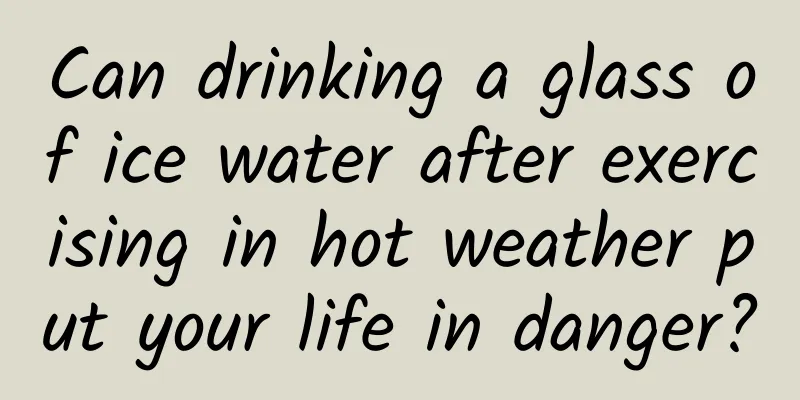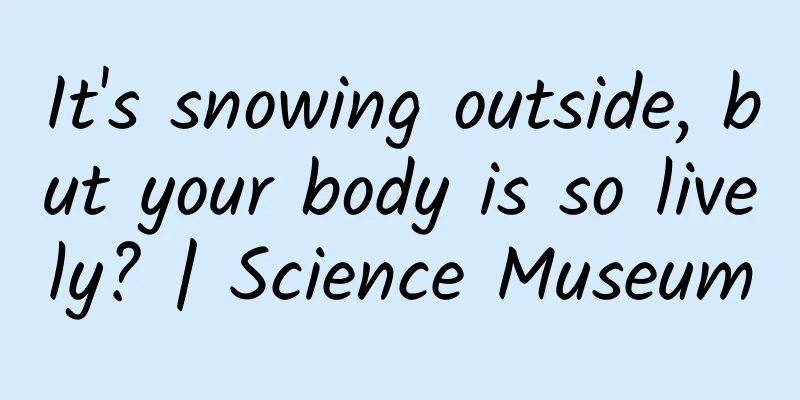Nuclear contaminated water is discharged into the sea. Can rivers, lakes and reservoirs be spared?

|
recent, There have been many discussions recently about "Japan's nuclear contaminated water discharge into the sea". But when it comes to ocean pollution , We have to talk about rivers and lakes . After all, they all originate from "water". Let’s talk about it today: In this process, the water molecule (H20) changes only from liquid to gas. Its molecular size and structure have not changed. Then in this process, What role do radioactive elements in nuclear contaminated water play? Their chemical formulas are: 1H (Protium, H) 2H (deuterium, D) 3H (Tritium, T) The nucleus of protium 1H has only one proton and is a stable isotope; The nucleus of deuterium 2H consists of 1 proton and 1 neutron, and it is also a stable isotope; The nucleus of tritium 3H is composed of 1 proton and 2 neutrons. It is a radioactive isotope, also known as " super tritium ". Although it has a large mass, it is not stable enough and easily loses neutrons to release energy, which is also the source of its radioactivity. As hydrogen's brother, tritium has similar properties to hydrogen and can easily replace H in water molecules (H20) through isotope exchange, turning into tritiated water (T2O), which enters the sea-land water cycle along with other water molecules. Based on relevant experts' predictions on the time it takes for nuclear contaminated water to flow into other sea areas and the half-life of various radioactive elements, can rivers, lakes and reservoirs avoid "nuclear" pollution? However, the half-life of tritium - the time it takes for the radiation to be halved - is 12.3 years. It is impossible for it to completely eliminate the radioactivity on its own, and the impact of nuclear pollution on rivers, lakes and reservoirs is inevitable. Considering only the effects of tritium , the possible good news is: The biological half-life of tritium (i.e. the half-life of the substance after entering the body) is 7 to 14 days. Similarly, tritium water can also be excreted from the body through sweating, urination, etc. However, tritium is only one of the more than 60 radioactive nuclides contained in nuclear contaminated water, and the harm it brings is just the tip of the iceberg of nuclear contaminated water discharged into the sea. The discharge of nuclear contaminated water into the sea in small quantities and batches may not seem to be enough to pose a direct threat to life, but it is only a matter of time before the "water vapor" from the Pacific Ocean lands in any corner of the world. Produced by Guangdong Science and Technology Newspaper Media Center Editor | Zhuo Yingzi Design | Zhuoyingzi Review | Liu Xiaoyong Feng Haibo |
<<: AI beats human champion again! This time, in drone racing
>>: This discovery may make your phone more durable!
Recommend
What are the medicinal values of seven-leaf lily?
Seven-leaf aconite is a traditional Chinese herba...
The efficacy and function of pomegranate leaves
The essence of traditional Chinese medicine is to...
The feasibility of using a magnifying glass to focus moonlight to ignite fire!
For reprinting, business cooperation, scan the co...
The efficacy and role of biting dogs
The biting dog can not only supplement the human ...
It is impervious to water and fire and can capture comet particles. What is the origin of this material?
Aerogel is the lightest solid material in the wor...
Can't breathe when wearing a mask in summer? Try breathing like this
When the epidemic and high temperature overlap, c...
Hu Q&A: Can a puppy understand what you say?
"Come on, come on, puppy, puppy, suck, suck!...
The efficacy and function of dwarf caltrop
As a traditional Chinese medicine, variegated dwa...
Mobile group buying behavior on mobile phones and tablets
“When we are not shopping, we are on the way to s...
What are the traditional Chinese medicines for removing dampness and reducing phlegm?
In the hot summer, the body is very damp. If the ...
The efficacy and function of the thorn tea Maydens
Maydensia thornii is commonly used as a medicinal...
Aurora: A Magnificent Symphony of Solar Wind and Earth's Magnetic Field
Aurora is a colorful plasma phenomenon that occur...
Heroes return, just in time! How long does it take for astronauts to recover after returning home?
At 9:56 am on April 16, the return capsule of the...
What does purulent breast milk look like?
New mothers often feel discomfort in their breast...









